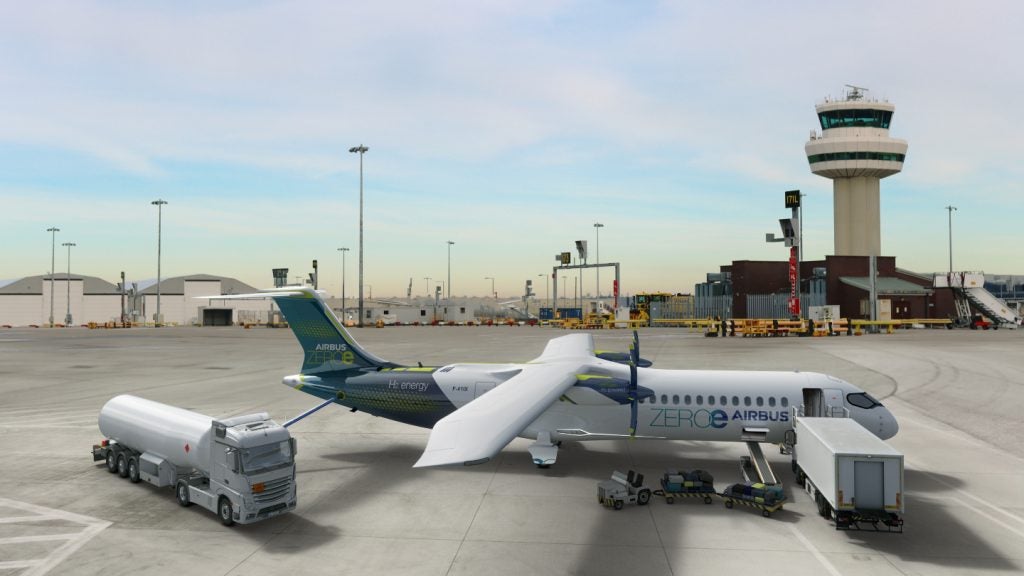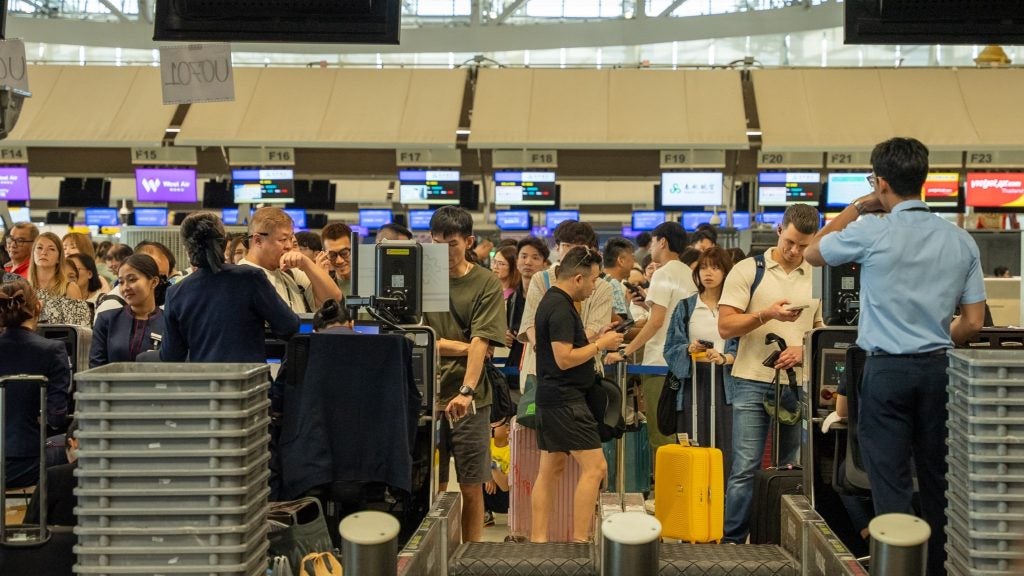
In a period of continuing growth for the aviation industry, airports need to find a space for parking in their expansion plans. Parking continues to be one of airports’ most important non-aeronautical assets worldwide, but the advent of new technologies and a preference for multimodal transport amongst passengers in many regions continue to disrupt the field.
For example, as part of London Heathrow’s 30-year expansion masterplan, it’s been claimed that parking could be built to accommodate almost 53,000 vehicles. These would be some of the biggest car parks in the world, facilitating Heathrow’s expected 77% growth in passengers – from 80 million to 142 million – over the next three decades. This is despite figures from a report by travel insurance provider Staysure, which show that not even 1 in 100 people flying at Heathrow were looking for airport parking in 2018.
Aside from shifting demand, new technologies are also having an impact. Predictive analytics is helping airports create models that allow them to optimise car park occupancy and maximise revenues, while automated valet solutions, such as those implemented at Lyon and Gatwick airports by Stanley Robotics, support a wider movement towards seamless end-to-end travel. Meanwhile, ridesharing apps such as Uber and Lyft are affecting passengers’ travel habits, with the potential offered by much-hyped driverless cars potentially changing the entire parking sector in the future.
As the leading trade union representing airport parking operators in the UK, the Independent Airport Parking Association is at the centre of these changes. According to the organisation’s website, IAPA members park around one million cars every year. Here, IAPA chairman Nick Caunter gives his perspective of the current status of airport parking in the UK, and what challenges face businesses in this area.
Joe Baker: When you look at airports in the UK and internationally, what works about the way their parking systems are set up currently, and what needs to be improved?
Nick Caunter: The UK market is mature and there’s a broad range of product offerings. Short-, mid- and long-stay options are standard and valet or ‘meet & greet’ services are now widely available too.
How well do you really know your competitors?
Access the most comprehensive Company Profiles on the market, powered by GlobalData. Save hours of research. Gain competitive edge.

Thank you!
Your download email will arrive shortly
Not ready to buy yet? Download a free sample
We are confident about the unique quality of our Company Profiles. However, we want you to make the most beneficial decision for your business, so we offer a free sample that you can download by submitting the below form
By GlobalDataAirports with space constraints have adopted block parking, where cars are parked by onsite teams and organised by pick-up periods, to make maximum use of the available area.
Like the hotel market, non-flexible parking offerings have emerged as discount options. Their uptake is relatively high but when weather events, strikes or airline failures happen, they tend to cause a lot of customer dissatisfaction.
At the busiest airports, high-quality off-airport park-and-ride and meet-and-greet services are well established and give travellers convenience and lower prices. The off-site options are also popular with people who want to avoid driving into hectic and often confusing airport road systems.
JB: What would you say are the main challenges facing the airport parking industry?
NC: The media portrayal of airport parking is almost always negative – unfortunately coverage of our industry is usually driven by events such as companies failing or negligent team members. Successfully parking and returning millions of cars each year just isn’t newsworthy.
But the fact is long-stay parking, as an alternative to ‘Kiss & Fly’ drop-offs from family or friends, has a significant role to play in cutting carbon emissions by reducing car journeys to and from airports. As an industry, we need to be better at making this known.
JB: How is increasing passenger demand impacting airport parking? What are parking providers doing to respond to this?
NC: Since Brexit, demand in the UK has not grown. Passenger numbers are up, but they are bolstered by inbound travellers who don’t need to park in the UK.
Where there is growth but limited supply, the industry often struggles to get planning consent for new parking land, so operators are increasing their use of block parking and, where budgets allow, multi-storey decking to increase capacity from the same footprint.
JB: Another trend has been the rising use of ridesharing apps such as Uber – how has this affected the airport parking industry?
NC: It’s clearly affected some airports in the US and has made its presence felt at Heathrow and Gatwick, to a small extent. But, in the UK, there’s no hard evidence yet of a switch from parking to ridesharing.
JB: Stanley Robotics recently introduced autonomous parking robots at Lyon Airport in France – do you think we could see this sort of technology appear in more airport car parks?
NC: Yes, Gatwick has announced trialling of something similar and we look forward to seeing the results of these tests.
For customers, this technology could lead to more drop off points within walking distance of the airport terminal and cars being shuttled away to store, which could save passenger transfer costs and car mover costs. However, many airports already face problems with congestion close to their terminals, so there is a traffic flow challenge that would need to be addressed before this benefit could be realised.
For companies that provide off-airport services, most use block parking techniques so autonomous technology could reduce car mover costs, but not the costs of transferring customers to their terminal, at least until autonomous buses come along!
JB: Aside from autonomous robots, how else will technology help make airport parking more efficient in the future?
NC: Electric transfer buses will help companies reduce their environmental footprint and energy costs and, looking even further ahead, self-drive vehicles will have a big impact on how we move customers around.
Technology plays a huge role in improving the service airport parking companies can offer customers. Often our biggest challenge is organising cars so that they are easily accessible when their owners return, so computer systems that help us to track and return cars are becoming smarter. This is even more important for meet-and-greet firms who aim to have vehicles ready to collect the second a customer leaves the terminal, but not too early.
Car care is another crucial issue, and vision systems that give customers confidence that their cars have been returned in the condition they were delivered are developing all of the time.







